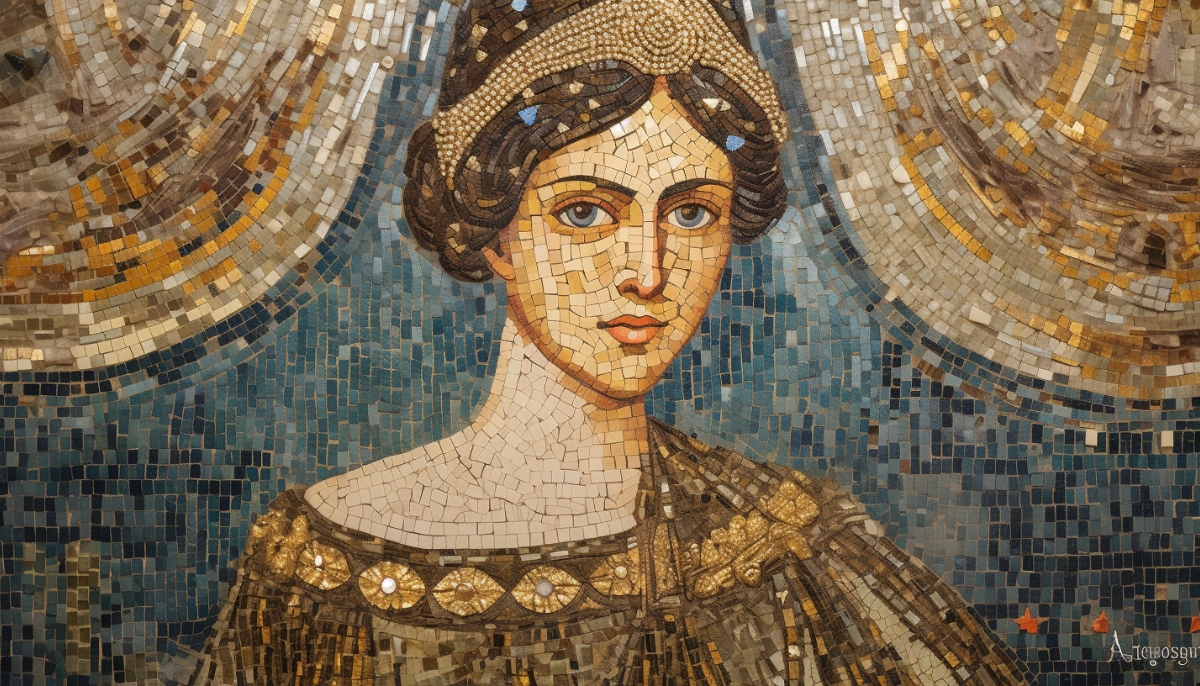Discover the stories behind the shortest reigns in Byzantine history. From political coups to untimely deaths, the rise and fall of these leaders make for compelling tales.
Learn who holds the title of the shortest reigning Byzantine Emperor and the events that led to these brief stints on the throne.
This article delves into the top 10 briefest reigns, offering insights into the political climate and social factors that shortened these rulers’ time in power.
Note: This article judges the Byzantine Empire to have started when Constantine relocated the Roman capital to Constantinople. While Valentinian I and Gratian technically qualify, ruling the Eastern Roman Empire for 1 and 5 months respectively, they’ve been excluded because they also served as Western Roman Emperors for longer periods.
10. Leo II “the Little” (10 months)
- Dates of Reign: 18 January – November 474
- Dynasty: Leonid dynasty (457–518)
Leo II, known as “the Younger,” ruled the Eastern Roman Empire for about 10 months from January to November 474.
He hailed from the Leonid dynasty and was the son of Zeno, an Isaurian general, and Ariadne, the daughter of Emperor Leo I.
Ascending the throne as a child, his father quickly overshadowed him. Leo II was co-emperor with his grandfather, Leo I, and became the sole ruler when Leo I died.
However, his reign was short-lived. Just 11 days after his own ascension, the Senate named his father Zeno as co-emperor.
His sudden death later that year sparked speculation among historians that he might have been poisoned to make way for his father, though concrete evidence is lacking.
Leo II was just seven years old at the time of his death. His demise left Zeno as the sole ruler of the Byzantine Empire.
9. Heraclonas (8 months and 25 days)
- Dates of Reign: 11 February – c. 5 November 641
- Dynasty: Heraclian dynasty (610–695)
Heraclonas was the son of Emperor Heraclius and his niece Martina. Born in 626, he became co-emperor with his brother Constantine III following their father’s death in February 641.
Heraclius had designated in his will that both sons should rule jointly and that Martina should be called “Mother and Empress”.
Resistance emerged against Martina’s active role in governance, but both Heraclonas and Constantine were named joint emperors without much issue. Heraclonas became sole emperor in May 641 after Constantine died of tuberculosis. His rule was short-lived and under his mother’s regency due to his young age.
Internal opposition against Heraclonas and Martina grew, partly because of rumors that Martina had poisoned Constantine. The empire was also financially strained.
In October or November 641, they were overthrown by General Valentinus, who installed Constans II, Constantine’s son, as emperor. Heraclonas was then mutilated—his nose cut off—and exiled to Rhodes, where he likely died in 642.
8. Jovian (7 months and 21 days)
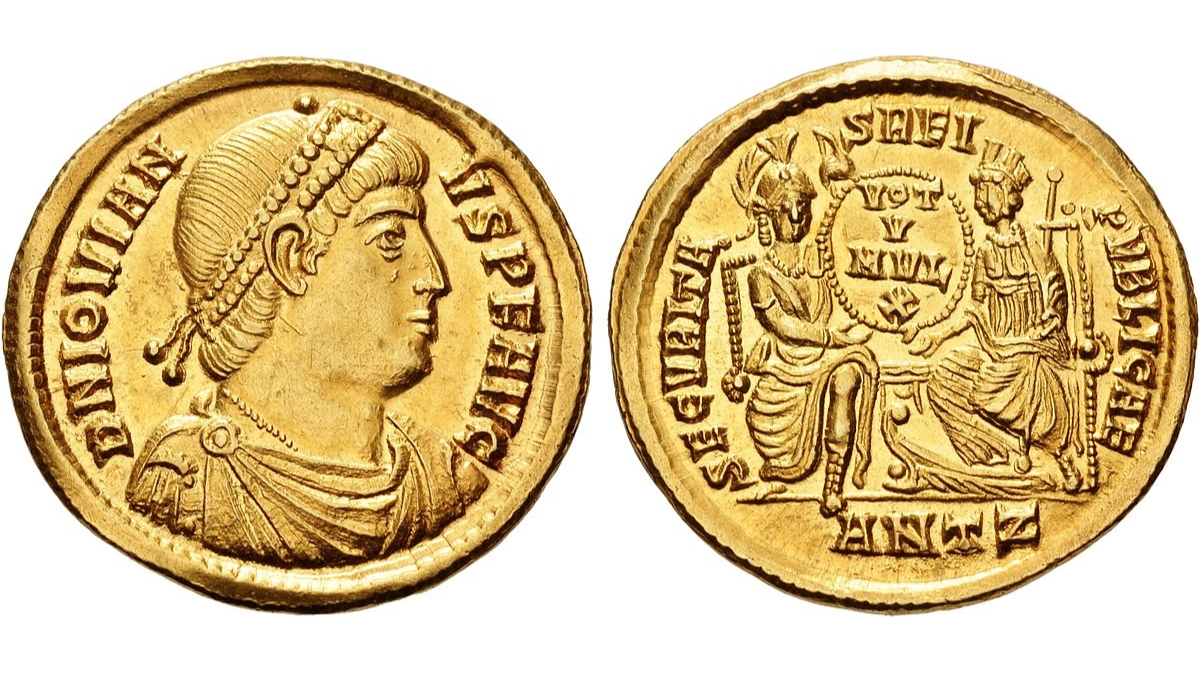
- Dates of Reign: 27 June 363 – 17 February 364
- Dynasty: Non-dynastic (363–364)
Jovian came to power after Emperor Julian died in battle against the Sasanian Empire. Julian had not named a successor, leading the Roman army to elect Jovian, a senior officer at the time.
His rule was marked by a quick and controversial peace treaty with the Sasanian Empire, the terms of which were viewed as humiliating for Rome. This included relinquishing Roman provinces and interests in Armenia.
Jovian’s rule was exceptionally short, lasting only eight months. He focused on retreating back to Roman territory and dealing with internal governance.
During his retreat, he received petitions from bishops over doctrinal issues in Christianity and restored estates to the Imperial finances that had been given to pagan temples by Julian the Apostate.
He was found dead in his tent before he could reach the capital, Constantinople. His death was mysterious and was speculated to be due to suffocation from fumes from newly painted walls in his tent.
After his death, he was succeeded by Valentinian I and Valens, who divided the Roman Empire between them. Jovian’s family also suffered; his son was blinded to prevent succession claims, and his wife lived in fear for the rest of her life.
7. Alexios IV Angelos (6 months and 8 days)
- Dates of Reign: 19 July 1203 – 27 January 1204
- Dynasty: Angelid dynasty (1185–1204)
Alexios IV Angelos ascended to the Byzantine throne in August 1203, succeeding his uncle Alexios III Angelos.
Before his rule, Alexios IV was imprisoned when his father, Isaac II, was overthrown by Alexios III. He escaped to the Holy Roman Empire and allied to regain his father’s throne.
Alexios IV conspired with Marquis Boniface of Montferrat, leader of the Fourth Crusade, promising military and financial support in return for aid in recapturing the throne.
Upon arrival at Constantinople, Alexios III fled, and the citizens released Isaac II. The Crusaders insisted that Alexios IV be named co-emperor alongside his father.
However, he could only raise half the promised 200,000 silver marks by confiscating church treasures and enemy properties.
Tensions escalated between the Crusaders and the citizens of Constantinople, exacerbated by Alexios IV’s failure to fulfill his promises.
Violence erupted in December 1203, further alienating Alexios IV from the Crusaders and his own people.
Attempts to reconcile failed. In January 1204, he was imprisoned by Alexios Doukas Murzuphlus, who then became Alexios V. Alexios IV was subsequently strangled, and his father died under mysterious circumstances.
6. John VII Palaiologos (5 months and 3 days)
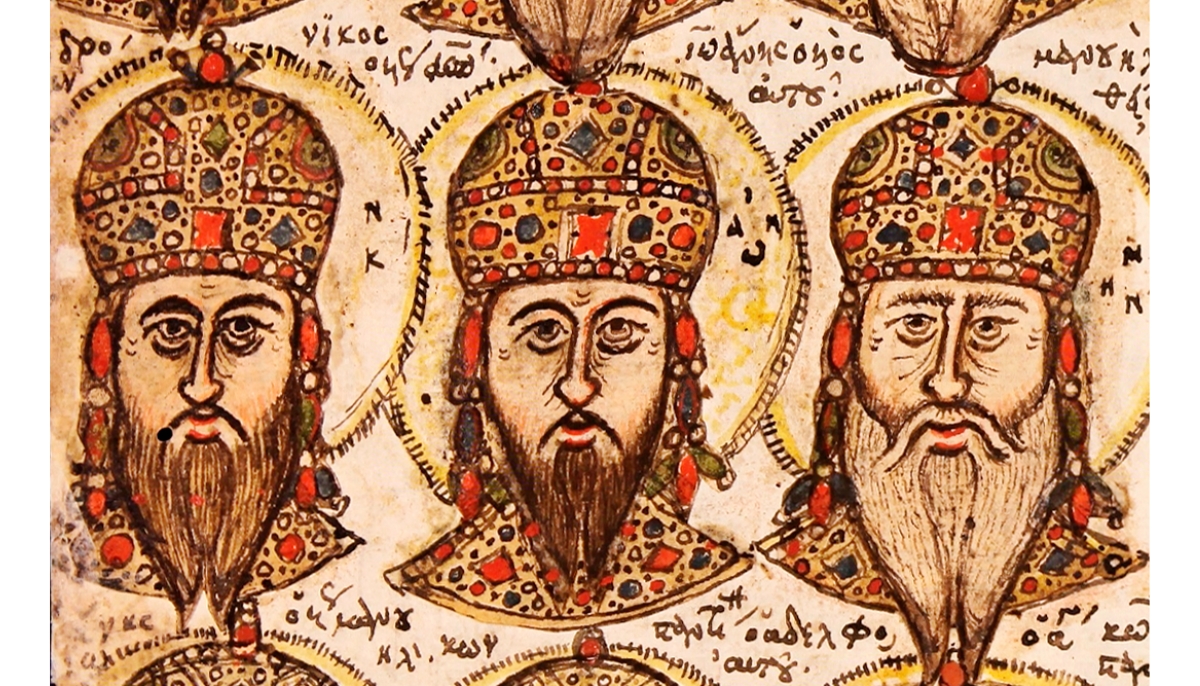
- Dates of Reign: 14 April 1390 – 17 September 1390
- Dynasty: Palaiologan dynasty (1261–1453)
John VII Palaiologos served as Byzantine Emperor for a brief period of five months in 1390. He was the son of Andronikos IV Palaiologos, who had previously taken the throne in a rebellion. John VII was possibly partially blinded at a young age due to his father’s failed rebellion.
In 1390, John VII seized control of Constantinople from his grandfather John V Palaiologos, only to be deposed five months later by his uncle Manuel II Palaiologos, with the assistance of the Ottomans and the Knights Hospitaller.
Despite being dethroned, John VII maintained a strong network of allies and never relinquished his claim to the throne, almost plunging the empire into civil war several times due to tensions with Manuel II.
When the Ottoman Sultan Bayezid I besieged Constantinople in 1394, Manuel II left the city to seek Western aid, appointing John VII as regent.
Despite accusations of conspiracy with the Ottomans, he defended the city loyally until 1402 when Bayezid was defeated at the Battle of Ankara by the Timurids. Following the battle, John VII negotiated a treaty that returned the city of Thessalonica to Byzantine control.
Manuel II, however, sent John VII away in disgrace upon his return in 1403. The two reconciled months later, and John VII was granted control of Thessalonica, where he ruled effectively until his death in 1408.
5. Michael V “the Caulker” (4 months and 8 days)
- Dates of Reign: 10 December 1041 – 20 April 1042
- Dynasty: Macedonian dynasty (867–1056)
Michael V Kalaphates was Byzantine Emperor for four months from 1041 to 1042. Nicknamed “the Caulker” due to his father’s occupation, Michael V was the nephew and successor of Michael IV. He was also the adoptive son of Michael IV’s wife, Empress Zoe.
His father, Stephen, transitioned from a caulker to an admiral under Michael IV.
Despite not being the preferred heir, Michael V was promoted to the throne by his other uncle John the Orphanotrophos, and Empress Zoe.
He received the title Caesar in 1035 and was officially adopted as a son.
Upon assuming the throne, Michael quickly banished his uncle John to a monastery and reversed many of his policies.
On the night of April 18-19, 1042, he banished his adoptive mother, Zoe, accusing her of plotting to poison him.
This action sparked a public revolt, leading to Zoe’s restoration and an assault on the palace. By April 21, both sides had suffered significant casualties, and the tax rolls had been destroyed.
Michael V fled to a monastery but was captured, blinded, and confined by Harald Hardrada, the Chief of the Varangian Guard.
4. Heraclius Constantine (3 months and 14 days)
- Dates of Reign: 11 February – 25 May 641
- Dynasty: Heraclian dynasty (610–695)
Heraclius Constantine, also known as Constantine III, had one of the shortest reigns in Byzantine history, lasting just three months in 641. He was the eldest son of Emperor Heraclius and his first wife, Eudokia.
Constantine was betrothed to his cousin Gregoria, daughter of his father’s first cousin, Nicetas. Although technically incestuous, this marriage was considered less scandalous than his father’s marriage to his own niece, Martina.
He was crowned co-emperor by his father on January 22, 613. Upon his father’s death on February 11, 641, Constantine became the senior emperor, sharing the role with Heraclonas.
Concerned about possible actions from Martina and Heraclonas, he sought to secure the throne for his children. He wrote to the army, announcing that he was dying and requesting their support for his children’s succession. He also sent over two million solidi (gold coins) to Valentinus, an adjutant, to distribute among the soldiers.
He died of tuberculosis on May 25, 641, leaving Heraclonas as the sole emperor. Rumors circulated that Martina had poisoned him, which led to the eventual deposition, mutilation, and banishment of Martina and her sons.
3. Alexios V Doukas “Mourtzouphlos” (2 months and 16 days)
- Dates of Reign: 27 January 1204 – 12 April 1204
- Dynasty: Angelid dynasty (1185–1204)
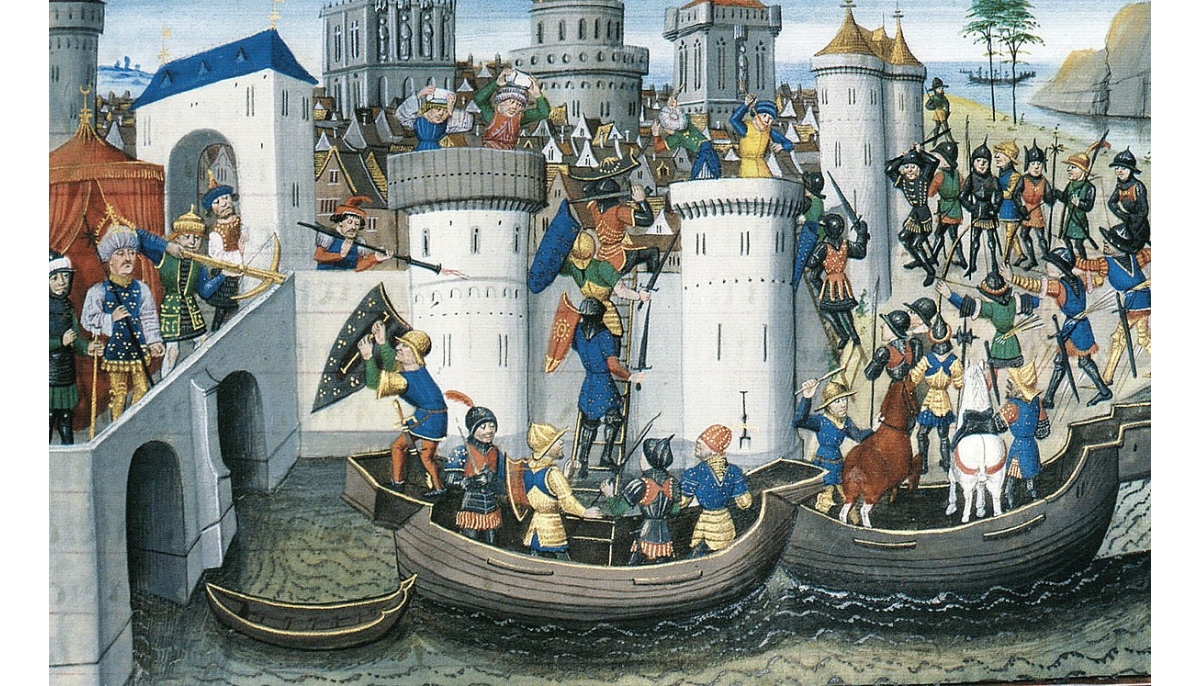
Alexios V Doukas, known as Mourtzouphlos, was Byzantine Emperor for two months in 1204. Despite his short reign, his role is noteworthy due to the dramatic circumstances surrounding the fall of Constantinople to the Fourth Crusade.
Gaining power through a palace coup, he arrested and dethroned his predecessors, Isaac II and Alexios IV. He acted swiftly to strengthen the city’s defenses against the Crusaders but faced military failures and internal strife.
His desperate attempts to negotiate peace with the Venetians failed, and his regime unraveled. As the crusaders breached the city’s walls, he fled Constantinople.
Captured later, he faced trial and execution under the new Latin regime. He was the last native ruler in Constantinople before the city’s 57-year rule under the Latin Empire.
2. Staurakios (2 months and 4 days)
- Dates of Reign: 26 July 811 – 2 October 811
- Dynasty: Nikephorian dynasty (802–813)
Staurakios, also known as Stauracius, was a Byzantine Emperor briefly from July to October 811.
He was the son of Nikephoros I, who seized the Byzantine throne in 802. Elevated to co-emperor in 803.
His reign was marked by a disastrous military campaign against the Bulgarian Khanate in 811. Staurakios invaded and laid siege to the Bulgarian capital, Pliska, alongside his father and brother-in-law.
Despite initial success, the Byzantine forces were ambushed by Khan Krum, resulting in the catastrophic Battle of Pliska. The Byzantine army suffered massive losses, and Nikephoros I was killed.
Severely injured, including a severed spine, Staurakios was declared emperor shortly after returning to Constantinople. His reign was fraught with political uncertainty due to his injuries. Ultimately, he was usurped by his brother-in-law, Michael I Rhangabe, on October 2, 811.
Staurakios was confined to a monastery post-usurpation, where he died on January 11, 812. His death was either due to gangrene from his battle injuries or possibly poisoning by his sister, Prokopia.
1. Theodora and Zoë (1 month and 22 days) – The Shortest Reigning Byzantine emperors
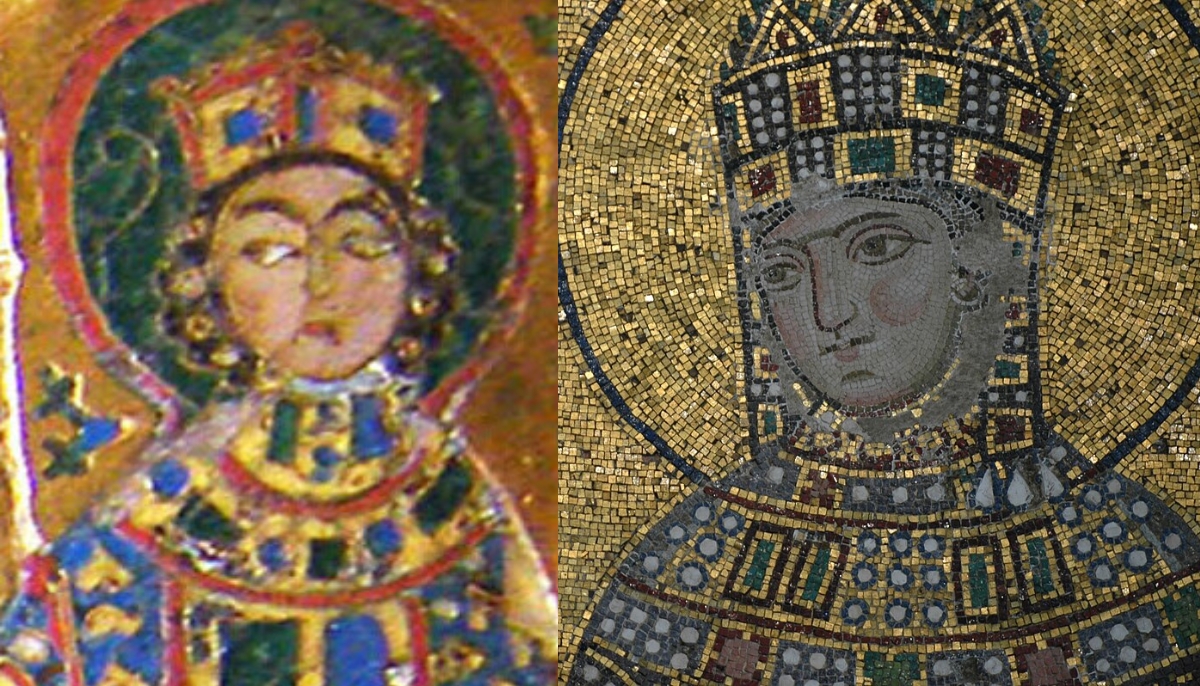
- Dates of Reign: 21 April – 12 June 1042
- Dynasty: Macedonian dynasty (867–1056)
Theodora and Zoë were Byzantine empresses who reigned jointly for less than 2 months, yet their path to the throne was fraught with intrigue, rivalry, and power struggles.
Zoë, originally married to Romanos III, was desperate for an heir to continue the Macedonian dynasty. Unable to conceive, she became estranged from Romanos, leading to affairs on both sides. Zoë eventually became involved with a low-born servant named Michael.
When Romanos died under mysterious circumstances, widely believed to involve poisoning, Zoë quickly married Michael, who became Emperor Michael IV.
For seven years, Michael IV ruled until he fell gravely ill. At that point, Zoë was convinced to adopt his nephew, Michael Kalaphates.
When he assumed the throne as Michael V, he promptly exiled Zoë. This triggered a public revolt, leading to Michael V’s removal and the joint rule of Zoë and her sister Theodora as co-empresses.
Tensions were high between the sisters; Zoë had previously accused Theodora of plotting against the throne and had her confined to a monastery under surveillance.
Zoë married again, this time to Constantine IX, transferring imperial responsibilities to him and ending the joint reign of Zoë and Theodora.
Theodora is believed to have retired to a convent. However, she returned to the scene after Zoë’s death in 1050. Despite opposition, Theodora resumed the throne in 1055, ruling solo for 16 months before her death in 1056.
